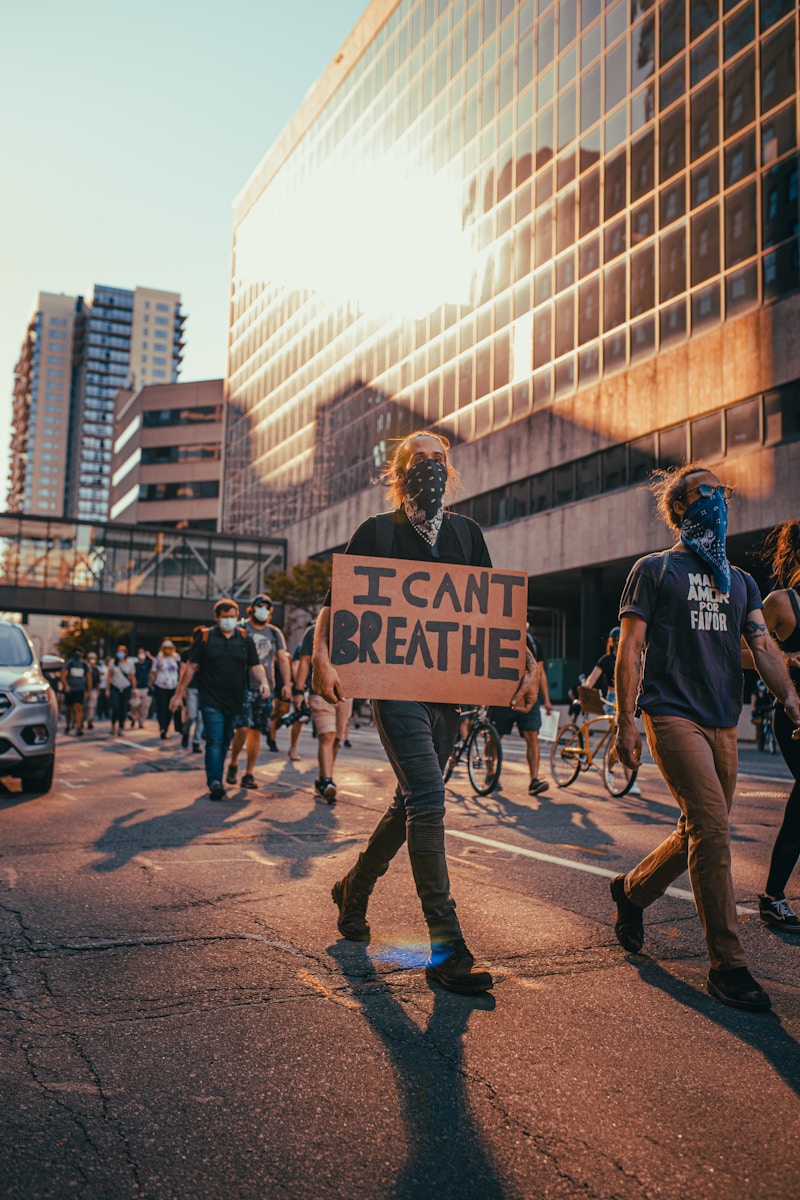Key Takeaways:
- Political violence has shaped America since its founding.
- Colonists used tarring and feathering to punish opponents.
- Duels among leaders normalized political violence early on.
- Gun culture deepened political violence into modern times.
- Recognizing this history can guide us toward peaceful politics.
Has Political Violence Defined America?
Our nation has long faced political violence. Many see shootings or attacks as rare events. Yet, those acts reflect a long history. From the Revolution to today, people have used force to settle political fights. Understanding that past can help us build a safer future.
Early Political Violence in the Colonies
In the 1760s, colonists grew angry with British rule. They formed the Sons of Liberty to resist taxes and new laws. When they met loyalists, they often used tarring and feathering. First, mobs stripped targeted men down to their shirts. Then they poured hot tar over their skin. Next, they threw feathers to coat their bodies. Finally, they paraded the victims through town. Such acts left deep scars and lasting fear.
Moreover, these punishments served a clear goal. People saw them as a way to mark outsiders. They also hoped to scare others into support. In Boston and New York, mobs attacked customs officials or suspected loyalists. Those officials represented Britain’s power in the colonies. By humiliating them, colonists claimed power over their own towns. In fact, political violence here became a public show. Everyone watched, and everyone feared the next attack.
By 1779, the Revolution turned into a brutal civil war in some regions. In New York and New Jersey, patriots and loyalists raided each other’s farms. They treated captured enemies not as prisoners but as traitors. Then they often hanged or shot them without trial. Patriots called it a warning to others. Loyalists called it murder. Either way, these acts stayed in people’s minds. They proved that political violence could tear communities apart.
Dueling and Political Violence in the Early Republic
After winning independence, Americans still relied on political violence. Gentlemen settled insults or rivalries with duels. They claimed dueling defended honor. Actually, duels fused honor and political violence. In 1804, Aaron Burr killed Alexander Hamilton in a famous duel. That event shocked many. Yet duels occurred far more often than most know.
In 1798, Henry Brockholst Livingston shot James Jones dead. Livingston later became a Supreme Court justice. People saw his duel as a noble act. He faced no lasting punishment. Clearly, early leaders viewed duels as normal politics. They believed a pistol shot could end a dispute where words failed.
Even when both parties survived, duels still meant harm. In 1802, DeWitt Clinton and John Swartwout fired five shots at each other. They fought over political favors, not major ideas. When they lay wounded, they still held public office. Yet, they proved how quickly ambition led to bloodshed.
In truth, these scenes show how political violence dominated debates. Instead of crafting laws or appealing to voters, rivals aimed for each other’s chests. That pattern helped entrench weapons in political life. Over time, Americans saw guns not just as tools for hunting. They also saw them as tools to settle scores.
Gun Culture and Modern Political Violence
By the mid-19th century, arms production grew fast. Factories turned out cheap, reliable pistols and rifles. More people owned guns than ever. Political violence found new outlets. Assassins used modern firearms to kill leaders and influencers.
In 1865, John Wilkes Booth killed President Abraham Lincoln at Ford’s Theatre. Booth’s derringer pistol became a symbol of this shift. He used a small, easy-to-hide weapon. It showed how anyone could attempt political violence at any moment. After all, a single person with a gun could change the course of history.
Over time, mass-produced guns spread beyond theaters and high offices. People started using them in riots, protests, and private feuds. By the 20th century, political violence could erupt anywhere. It might hit public rallies, private homes, or even schools. Each new act reminded Americans of a deep pattern.
Moreover, modern communication made these events even more visible. Newspapers, radio, and TV broadcast political violence nationwide. People began to see such attacks as shocking anomalies. Yet, those attacks only felt abnormal because we had tried to forget our history. In reality, political violence remained woven into America’s story.
Finally, the idea that “this is not who we are” misses a key point. Political violence has been a force shaping who we’ve become. It helped draw lines between insiders and outsiders. It decided who could speak, govern, or walk public streets safely. To ignore that past is to leave us unprepared for what comes next.
Conclusion
Political violence stands as a recurring theme in American history. From colonial mobs to modern shooters, people have used force for political ends. They believed violence could silence rivals and prove loyalty. Now, we must face that legacy head-on. Only by acknowledging it can we imagine a politics built on honest debate rather than fear and guns.
FAQs
Why did colonists use tarring and feathering?
They used it to shame officials and loyalists. The public punishment served as a warning to others.
How did dueling affect early American politics?
Duels normalized violence among leaders. They blurred the line between debate and bloodshed.
When did gun culture deepen political violence?
In the 19th century, mass arms production made guns widely available. That fueled more political attacks.
How can America move past its history of violence?
By teaching the full story, we can promote peaceful conflict resolution. Honest discussion stands as our best hope.

